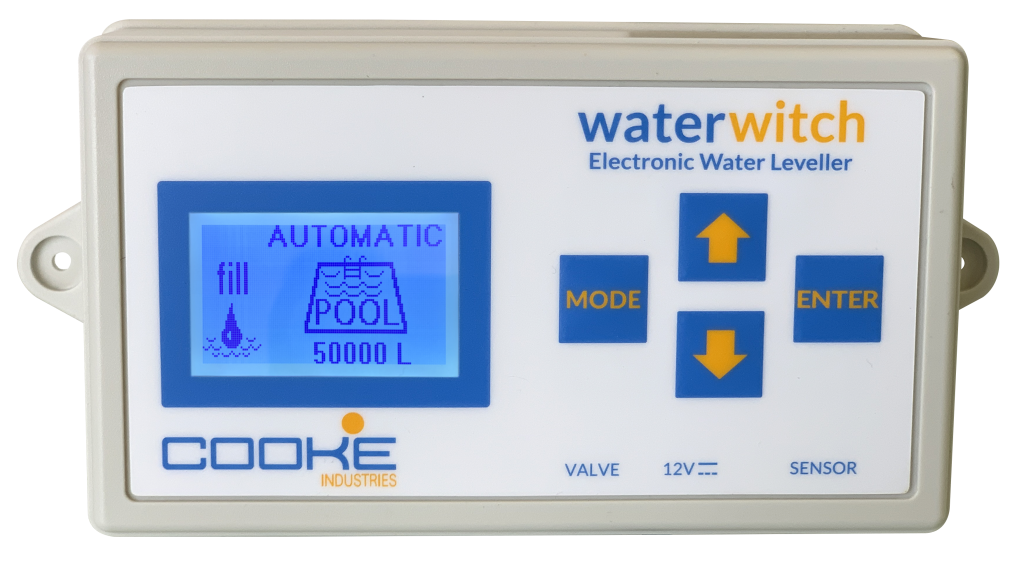Are Salt Chlorinators Worth It
Are you tired of constant chlorine handling and wondering if a saltwater chlorinator is the way to go? Salt chlorination systems have become popular as an easier, more automated method to keep pool water sanitizedaquark.com. In this post, we’ll explore how salt chlorinators work, their benefits (and limitations), and compare several models (Aquark’s Mr. Crystal and InverClear, Pool Controls, and the Crystal Aquatics XR series) to help determine if they are worth the investment.
How Do Saltwater Chlorinators Work?
Saltwater chlorinators (also called salt chlorine generators) use electrolysis to convert dissolved salt into chlorine sanitizer. When pool salt (sodium chloride) is added to the water (typically at around 3,000–5,000 ppm salt concentration, about 1/10th the salinity of seawaterhealthline.com), the chlorinator’s cell passes an electric charge through the water. This process releases chlorine (hypochlorous acid) into the pool, continuously disinfecting the wateraquark.com. In effect, a salt pool is still a chlorine pool – but the key difference is the chlorine is generated in situ from salt, rather than added manually as liquid or tablets.
The result is a more hands-off system: you don’t need to transport or store jugs of chemical chlorine, and you spend less time dosing the pool each weekaquark.com. The chlorinator runs automatically with your pool pump, continuously producing a low, steady level of chlorine to kill bacteria and algae. This often leads to more stable water chemistry and fewer “chlorine highs and lows” than manual dosing. Many pool owners find that saltwater pools have gentler water quality – with far less of the harsh chlorine smell or eye irritation of traditional pools. In fact, the mild salt level can make the water feel “softer” on your skin and hair, and it’s reported to be less harsh on swimmers with sensitive skin or allergies.
Upfront, a salt chlorinator does cost more than a basic chlorine floater or feeder. However, over time it can offset costs by reducing the need to buy chlorine productshealthline.com. The cell (which is the part that converts salt to chlorine) will eventually wear out (typically every 3–7 years) and require replacement, but the convenience and consistent sanitation often make salt systems a worthwhile investment for busy pool owners.
Benefits of Salt Chlorinators
-
Convenience & Automation: Salt systems are about as close to “set and forget” as it gets in backyard pools. They
automatically generate chlorine so you don’t have to add sanitizer daily or weeklyaquark.com.
This means less time handling chemicals and more time enjoying the pool. You still need to monitor water balance (pH, alkalinity)
periodically, but many newer units even help with that (more on this later!).
-
Softer, Gentler Water: Because chlorine is produced steadily at lower levels, saltwater pools typically avoid the strong
chlorine odors and minimize chloramine build-uphealthline.com.
Swimmers often experience no more red eyes or bleached swimsuits – the water feels gentle on eyes, skin, and hairhealthline.com.
The salt concentration (~0.3%) is so low you can barely taste it, yet it does give the water a silky quality that many prefer over the “dry”
feel of heavily chlorinated water.
-
Safety and Storage: No more storing hazardous chlorine tablets or liquid in your shed. With a salt chlorinator, salt (which
is inexpensive and safe to handle) is your primary additive. The system creates free chlorine on-site from salt, eliminating the need to
transport or handle toxic chlorine chemicals directlyaquark.com.
This can be a big plus for households with kids or pets, where chemical safety is a concern.
-
Steadier Sanitation: Salt chlorinators continuously dose the pool with chlorine (whenever the pump runs), which helps
maintain a consistent residual. This can prevent the peaks and valleys of chlorine levels that sometimes occur with manual
dosing. A consistent chlorine residual means fewer instances of algae blooms or cloudy water, as the sanitizer level doesn’t dip as easily.
It also means no weekly shocks typically – the slow and steady chlorination often keeps combined chlorine (chloramines) in check.
Of course, it’s not all upside. There are some downsides to note: the initial cost of a salt system can be significant, cells require periodic cleaning (to remove scale) and eventual replacement, and the presence of salt (while low) can be corrosive to certain pool fixtures or stonework over many years if splashed water isn’t rinsed off. However, many of the cons can be managed with proper maintenance and by choosing the right equipment (for example, using corrosion-resistant fittings, keeping the salt level within recommended range, etc.). In recent years, manufacturers have also introduced innovations to mitigate these issues – such as “low-salt” chlorinators and smart sensors – which we’ll discuss next.
Advanced Salt Chlorinator Technology: Low-Salt and Smart Control
Traditional saltwater chlorinators typically require around 3–5 grams per liter of salt (3000–5000 ppm) in the pool for optimal operationaquark.com. Newer “low salt” models, however, can generate chlorine effectively at much lower salinity. For example, some high-tech systems now work from as low as 1.0–1.5 g/L saltaquark.comfliphtml5.com, and one commercial model (Pool Controls’ XLS 900) operates at just 900 ppm (~0.9 g/L) salt – that’s barely above the taste threshold, essentially fresh waterpoolcontrols.com.au. Lower salt levels are gentler on pool surfaces and equipment (less risk of corrosion), and they mean you add much less salt to the pool over time. You might only need to top up salt once a season even with splash-out or backwashing. For instance, Aquark’s inverter-driven Mr. Pure chlorinator can run efficiently starting at 1 g/L salinity, freeing users from frequent salt maintenanceaquark.com. And the Crystal Aquatics XR Low Salt models can be configured for ~1.5 g/L operation for those who want that ultra-low salt experiencefliphtml5.com.
But salt level isn’t the only thing that has improved – automation and control have too. Many modern salt chlorinators incorporate smart features like self-cleaning cells (automatic polarity reversal to minimize scale buildup) and even app connectivity for remote monitoring. The biggest leap forward is the inclusion of ORP and pH sensors on premium models, effectively turning the chlorinator into an intelligent water management system. ORP (Oxidation-Reduction Potential) sensors measure the sanitizer effectiveness (a proxy for chlorine level), and pH sensors monitor acidity; together, they allow the unit to automatically regulate chlorine output and even dose acid when needed to stabilize pH
A modern saltwater chlorinator control unit with integrated ORP and pH monitoring (display shows real-time ORP in mV, water temperature, pH
level, and a “Perfect” water quality indicator). The clear electrolytic cell (right) is where salt is converted to free chlorine via
electrolysis
These smart chlorinators prevent over-chlorination and keep your water chemistry balanced automatically. For example, if
your pool is covered or gets little use (so chlorine isn’t being consumed quickly), a traditional chlorinator running at a fixed output
could easily overshoot the chlorine level. It’s not uncommon for pools with covers to end up with too much chlorine unless the
owner manually turns the output down. In fact, with a cover on, you may only need roughly one-third the normal chlorine output – if not
adjusted, chlorine can build up and even start damaging pool covers or equipmentabgal.com.au.
ORP-controlled systems solve this by actively sensing the sanitizer level and cutting back production as soon as the target is reachedabgal.com.au.
They continuously dial in the perfect amount of chlorine. This not only protects your pool accessories (no more bleached
covers or sticky pool cleaners from excess chlorineabgal.com.au)
but also ensures you’re never swimming in over-chlorinated water. The inclusion of pH control further means the unit can feed acid to
counteract the pH rise that naturally occurs in saltwater pools, keeping the water comfortable and crystal-clear without manual adjustmentsaquark.com.
Beyond sensors, inverter technology in some units (like the Aquark InverClear and Mr. Pure series) allows the chlorinator to modulate its power usage and chlorine output dynamically from 0% up to 100+% as needed. This precise control extends cell life and saves energy – the chlorinator only works as hard as necessary at any given time. Aquark’s InverClear, for instance, advertises a significantly longer cell lifespan and up to 1,000 kWh energy savings over 5 years thanks to its adaptive output control. Many advanced units also feature WiFi connectivity and smartphone apps for convenient monitoring. From your phone, you can check your pool’s current status (chlorine level/ORP, pH, salt level, water temperature, etc.), adjust settings, or trigger superchlorination (“boost mode”) with a tap. Indicator lights or digital displays often provide at-a-glance feedback – for example, InverClear’s panel uses color-coded lights to show water quality status in real time. All these innovations add up to a “set and forget” experience that earlier generations of salt chlorinators couldn’t quite deliver.
Pairing Salt Chlorination with Ozone for Extra Clarity
What if you want to minimize chlorine use even further? One approach some pool owners take is combining a saltwater chlorinator with a secondary sanitizer like an ozone generator (or UV system). Ozone is a powerful oxidizer that, when injected into the pool circulation, destroys contaminants and breaks down organic waste so that chlorine doesn’t have to handle all that loadaquamagazine.com. In practice, adding ozone can dramatically reduce the chlorine demand – allowing you to dial your salt chlorinator output way down and still maintain crystal-clear, safe water.
Pool industry experts note that using ozone in conjunction with salt chlorination can extend the life of the salt cell (since it doesn’t need to run at high power as often) and reduce overall chlorine consumption. Jeff Jones of Del Ozone estimated that a salt cell which might last ~3 years in normal conditions could last up to 6 years when paired with ozone, due to the lighter workload and less scaling stress on the cell. More impressively, an ozone + salt combo can allow you to operate with a much lower free chlorine residual in the pool – on the order of 0.5 ppm instead of the typical 2–3 ppm – because ozone handles the bulk of oxidation needsaquamagazine.com. Essentially, the ozone attacks bacteria, viruses, and organics, while the salt chlorinator maintains just a small residual of chlorine as a safety net. This can further improve the swimming experience (even fewer chloramines and odors) and really cut down chlorine cost. Do note that you still need a bit of chlorine in the water at all times (ozone works in the circulation system and has no lasting residual in the bulk pool water). But ozone or UV as a supplement can be a great enhancement to a saltwater pool, especially for those seeking the lowest chemical levels possible without sacrificing water quality. It’s a technique often seen in high-end pools and even commercial installations to achieve near drinking-water purity.
For most residential pools, a salt chlorinator on its own already simplifies maintenance greatly. But it’s good to know you can further bolster the system with ozone or UV if desired, to push the limits of low chlorine. This pairing isn’t necessary for everyone (and it does add equipment cost), but it’s an option if you’re particularly sensitive to chlorine or want to maximize your salt cell lifespan and water clarity.
Comparing Popular Salt Chlorinators
If you’re convinced a salt chlorinator is worth a try, the next step is choosing the right model for your pool. There are many brands and features to consider. Below is a comparison of some popular salt chlorinator options – ranging from advanced inverter-controlled systems to simple, budget-friendly units. All the models listed are available on our website, and each brings something unique to the table:
|
Aquark InverClear |
Low salinity down to ~2 g/L |
Yes (built-in ORP & pH sensors) |
Premium inverter-driven system that precisely adjusts output 0–100% as neededaquark.com.
Includes ORP and pH probes to actively maintain ideal chlorine levels and balance, preventing over-chlorinationabgal.com.au.
Integrated acid dosing (pH regulation) and temperature/salinity monitoring. WiFi-enabled with app for remote monitoring, one-click boost
mode, and detailed logsaquark.comaquark.com.
Color LED indicators show water quality at a glance. Long-life modular cell with self-cleaning and replaceable electrode. Target user: Pool owners seeking “set-and-forget” convenience and top-notch water quality control – great for covered pools or anyone who wants minimal manual water testing. |
|
Aquark Mr. Crystal |
Medium salinity ~3 g/L (3000 ppm) |
Optional (pH dosing upgrade) |
Inverter chlorinator with energy-saving variable output to meet chlorine demand while cutting power usagefliphtml5.com.
Slim wall-mount unit with glass touch-screen controlsfliphtml5.com.
Supports an optional pH pump module for automatic acid dosing (sold separately). Provides salinity level readout and alertsfliphtml5.com.
WiFi app control included for convenient operation. Self-cleaning reverse-polarity cell for low maintenance. 3-year
warranty on control unit & cellfliphtml5.com.
Target user: Those who want many advanced features (WiFi, digital display, efficient inverter tech) at a mid-range price, and are okay testing/adjusting chlorine manually or with a simple timer – with the option to add automated pH control if desired. |
|
Pool Controls “XLS 900” (+ other Pool Controls models) |
Ultra-low salinity ~0.9 g/L (900 ppm)poolcontrols.com.au |
Optional (pH control kit) |
High-quality Australian-made chlorinators known for reliability. The XLS 900 is an extra-low salt unit
that operates at just 900 ppm salt for a near “freshwater” swimming experiencepoolcontrols.com.au.
It features a self-cleaning reverse polarity cell and is compatible with the Pool Controls pH upgrade kit for automated pH dosingpoolcontrols.com.au.
Other models in the Pool Controls lineup (e.g. the SWC series) offer standard salt operation with robust construction and optional “pH”
versions that include built-in pH controlpoolcontrols.com.aupoolcontrols.com.au.
The flagship Gemini system even includes a multi-probe sensor to manage ORP (chlorine) and pH automatically, similar to the
InverClearpoolcontrols.com.au.
Target user: Pool owners prioritizing proven durability and local support. XLS 900 is ideal for those wanting very low salt levels, while other Pool Controls models cater to a range of pool sizes with options for advanced chemistry automation. |
| Crystal Aquatics XR Series |
Standard & Low Salt versions 4 g/L or 1.5 g/L (LS models) |
No (pH dosing optional via external pump) |
A budget-friendly salt chlorinator line that doesn’t skimp on quality. The XR series is designed as a high-value, no-frills
option for retrofits or new pools where simplicity is key. Available in models for regular salt (~4000 ppm) or LS (Low
Salt)
models that run on ~1500 ppm for gentler waterfliphtml5.com.
All units have smart self-cleaning with adjustable polarity cycle times to suit different water conditions. Built with a premium
titanium cell for long lifefliphtml5.com.
Features a digital timer clock (with battery backup) to schedule chlorination and pump operationfliphtml5.com.
3-year warranty included. For pH control, an external semi-automatic acid feeder (“pH Sync”) can be added if neededfliphtml5.com.
Target user: Those looking for an affordable, reliable salt chlorinator to replace a traditional chlorinator or equip a new pool without breaking the bank. Great for pool owners who are comfortable doing basic water testing and just want a straightforward, effective chlorine generator (with an option to upgrade to low-salt operation). |
Notes on the above: The Aquark Mr. Crystal and InverClear are part of the same family of inverter chlorinators – Mr. Crystal being the mid-range model and InverClear the ultra-smart, feature-rich model. Pool Controls is a well-established brand with a range that spans simple chlorinators to fully automated systems (their products are often praised for robustness in the field). The Crystal Aquatics XR series is positioned as a cost-effective choice and is popular for its balance of quality and price – it delivers the core benefits of salt chlorination (automatic chlorine, clean water) without the extra “bells and whistles” that add to costfliphtml5.com.
Verdict: Are They Worth It?
So, are salt chlorinators worth it? For most pool owners, the answer is yes – absolutely. The convenience and consistency you get from a saltwater chlorination system can significantly enhance your pool experience. Instead of playing “pool chemist” every day, you’ll enjoy more swim time with less hassle. The water feels nicer on the skin and doesn’t have that heavy chlorine odor, which your family and friends will certainly appreciate. And with today’s advancements like low-salt operation and smart automation, a salt chlorinator can practically run your pool’s chemistry in the background, ensuring perfect water without constant oversight. This is especially worthwhile if you’re maintaining a pool at a vacation home or simply have a busy schedule – the chlorinator keeps the water safe and clean even when you’re not around.
From a cost perspective, while you do invest upfront, you save on the ongoing expense of chlorine chemicals. Many owners find that over a few years, the salt system pays for itself in chemical savings. Plus, by avoiding severe over-chlorination (thanks to more controlled dosing), you can prolong the life of your pool liner, cover, and equipment – saving money there as wellabgal.com.auabgal.com.au. The added value of a healthier swimming environment (especially for those with asthma or chlorine sensitivities) is hard to put a price on, but certainly worth considering. Indoor pool users in particular note that switching to salt greatly reduced the irritating chloramine smell and improved their air quality.
Of course, it’s important to choose a system that fits your pool size and your needs. If you opt for a salt chlorinator, make sure to get one with an output rating suitable for your pool’s volume (it’s often wise to size up a bit). Decide if features like pH control or WiFi connectivity are important to you. And remember that even with a salt chlorinator, basic monitoring is still recommended – you’ll want to check your pH and chlorine levels on occasion, just to ensure everything is in harmony (unless you have one of the fully automated ORP/pH models that does it for you).
In summary, salt chlorinators offer a more human-friendly and hands-off approach to pool care. They keep your pool sparkling and sanitized in a gentler way, using the simple chemistry of salt. With the latest models allowing lower salt concentrations and smarter control, the case for going saltwater is stronger than ever. When you weigh the pros – easier maintenance, softer water, fewer chemicals to handle – many pool owners conclude that yes, a salt chlorinator is definitely worth it for the peace of mind and swimming enjoyment it provides.

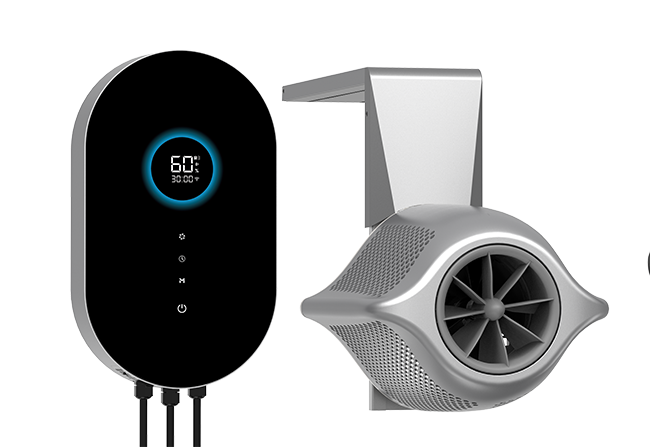

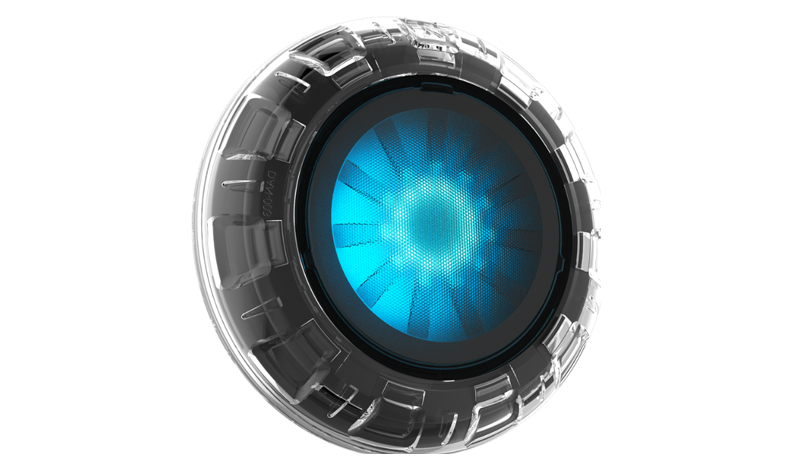

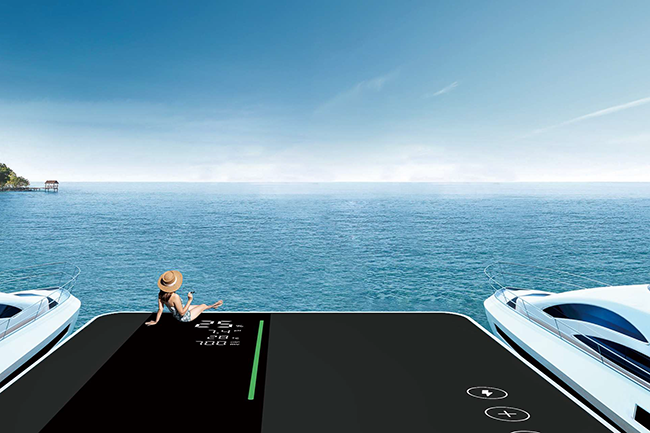
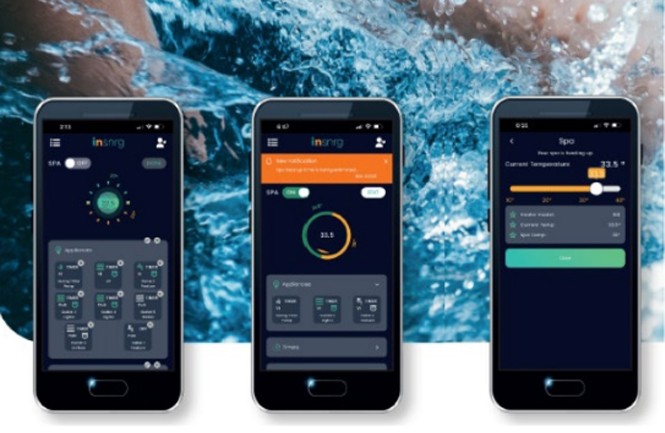

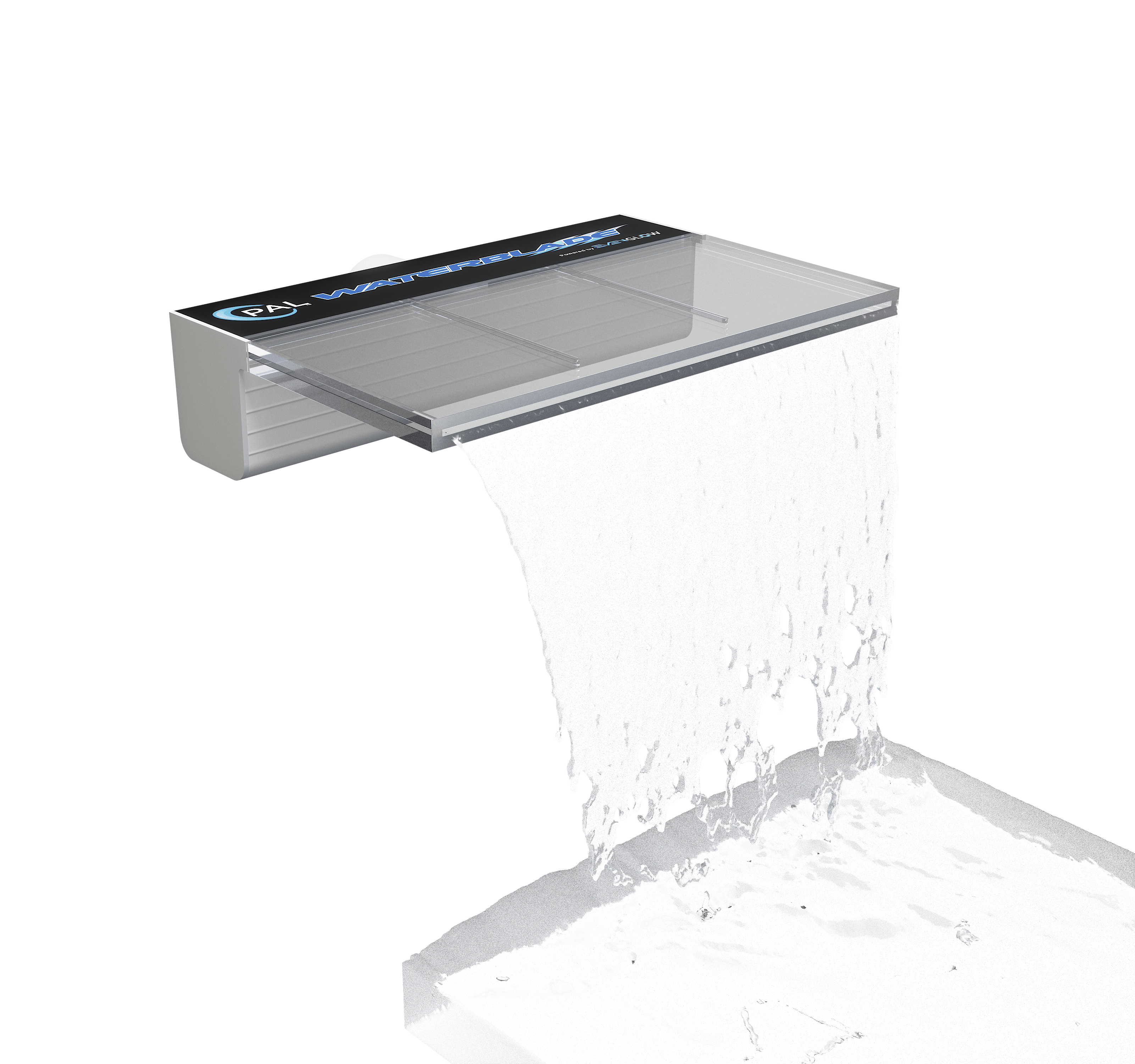



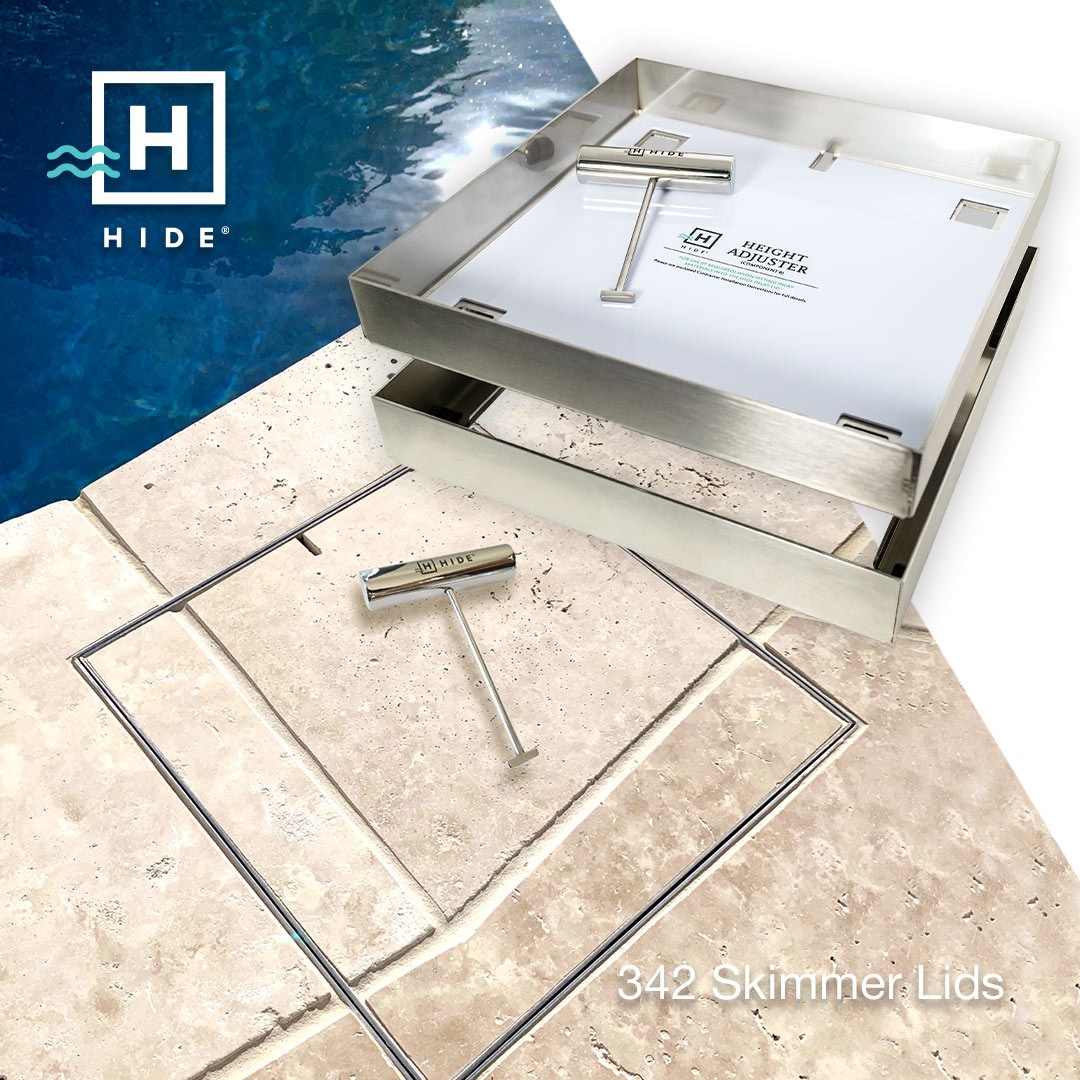
.png)
